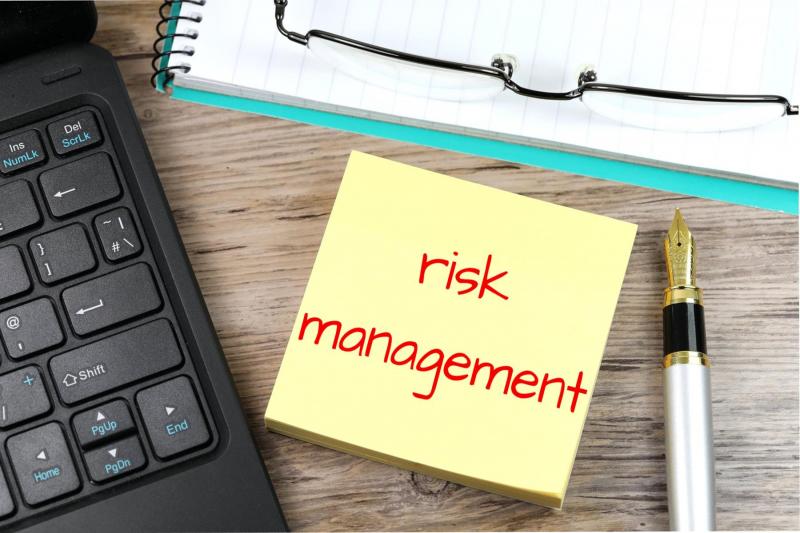
Risk management is the process in which an organization goes through the process of identifying, assessing, and controlling threats to organizational capital and earning. This risk causes many problems such as financial uncertainty, legal liabilities, strategic management errors, and disasters.
Steps of Risk Management Process
There are major five steps of the risk management process, however some organizations may go through more or less of the risk management process depending on their type. Following are the basic 5 steps of risk management:
- Identify the risk
- Analyze the risk
- Evaluate or rank the risk
- Treat the risk
- Monitor and review the risk
Structure of Risk Management
Risk management encompasses the identification analysis and response to the risk factor. The risk management structure work to point out existing risk. A good risk management should also calculate the uncertainty and protect the organization from its influences on the business. The consequences are chosen between accepting the risk or acting on them, it depends upon the business's tolerance level. If your business sets up risk management as a discipline and continuous process for identifying and resolving the risk, the management structure can support other risk mitigation systems that include planning, organization, budgeting, and cost control etc.
Read more:
Tips for Successful Operations Management
Responses to Risks
There are the following forms responses to the risk:
1. Avoidance
Primarily a business strives to eliminate a particular threat by getting rid of its causes.
2. Mitigation
Decreasing the projected financial value or loss related to the risk by checking the possibility of occurrence of the risk.
3. Acceptance
In most cases, the business may be forced to accept risk. This is the only option if a company develops contingencies to mitigate the impact of risk.
Significance of Risk Management
Risk management is an essential process because it empowers a business with a critical rule to adequately identify and deal with the risk. Once a threat is determined, it is easy to mitigate it. Risk management also varies in a business based on their age; through experience different patterns of decision-making can take place. For the industry, evaluation and management of risk are the best options to prepare for eventualities that may come in the way of business's success and progress. When a company gets evaluated, its plans for handling protection from potential threats and developing a structure to address them is also evaluated. Risk management is an essential process because it empowers a business with ability to identify and deal with the risk adequately. Once a threat is identified it is easy to mitigate it. The management will always have important information, and they can decide to ensure that the business gets profit.
Risk Analysis Process
Risk analysis is a qualitative problem-solving approach that is involved in use of various assessment tools to work out and resolve the issue. Firstly, we have to identify the existing risk through brainstorming process. Then all the business employees get together and review all the various sources of risk. After it arranges all the identified hazards in the order of priority because it's impossible to mitigate all the present risk based on prioritization so that business can ensure that they are dealt with more urgently. The other main component is to assess the risk and find out the solution to it, solution must be practical and within the budget of organization. After determining an appropriate response and managers apply preventive measures to identified risks.
Conclusion
Your business experiences many risks which affect the growth and production of the business. So, it is a basic need to know the risks in management and how they can help overcome risk factors.



